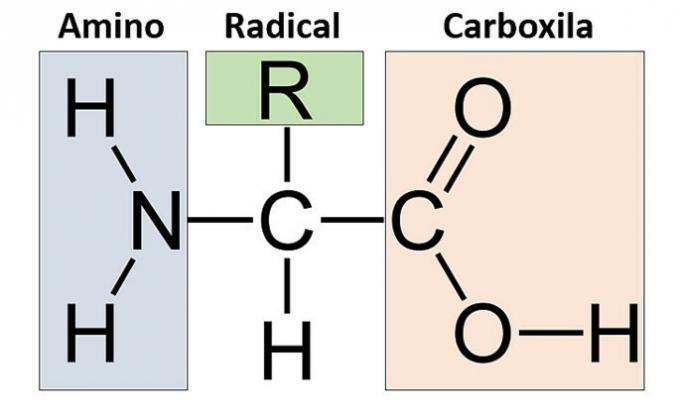Animals are living beings classified in the Kingdom Animalia, also known as the Metazoa Kingdom. The main animal characteristics to be classified in this Kingdom are:
- Multicellular or Multicellular: Many cells;
- eukaryotes: Cells with a true nucleus to store the DNA;
- heterotrophs: Energy obtained from food.
It is estimated that animals appeared 541 million years ago, in the so-called Cambrian explosion (geological period). However, studies point to the emergence at least 40 million years before, in a period called Ediacaran.
There are still many species of animals that are unknown and have not yet been classified by science. For this reason it is difficult to estimate how many there are in the world, but it is believed to be a total of 7.7 to 8.7 million of species.
classification of animals
The biological classification system aims to find characteristics to group or separate living beings according to the presence or absence of attributes.
For example, human beings are grouped together in Mammalia class,
with cats, dogs, monkeys and tigers for being all mammals. In this way, each affinity makes certain organisms belong to the same biological group.The classification system was developed by the Swedish scientist Carl Linnaeus in 1735. For this reason, all organisms have a Latinized binomial, that is, two Latin names.
To facilitate understanding use the word: ReFiCOFaGE.
| Re | Fi | Ç | O | Fan | G | AND |
| Kingdom | Phylum | Class | Order | Family | Genre | Species |
Let's use as an example the chimpanzee:
- Kingdom: Animal
- Phylum: strings
- Class: mammals
- Order: Ape
- Family: hominids
- Genre: pan
- Species: troglodytes
Therefore, the scientific name is assigned using the genus and species, in the case of the chimpanzee the scientific name is Pan troglodytes.
In zoology, the study of animals, one learns to identify animals at the level of Phylum, for being more comprehensive and simple. Let's look at the studied animal phyla and their main representatives.
Phylum Porifera
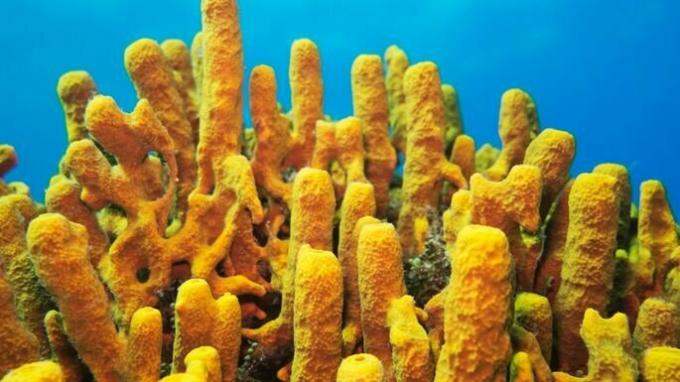
The animals of this phylum are known as sponges. Sponges do not form true tissues, they are fixed on the sea floor or in fresh water, they do not have systems and their digestion is intracellular (inside the cell).
Know more: Phylum Porifera
phylum Cnidaria
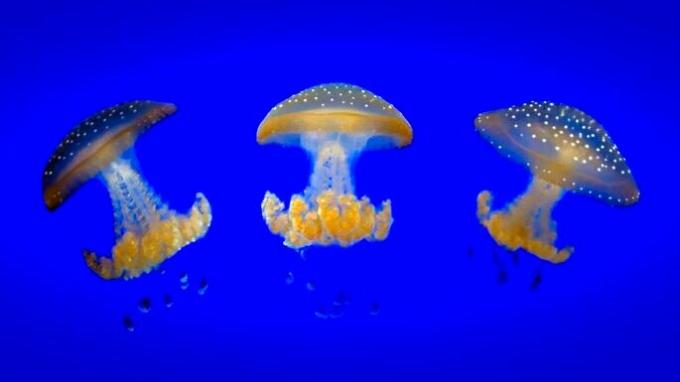
The animals of this phylum are divided into two groups, the polyps and jellyfish. Polyps are attached to the substrate, for example, anemones and corals. Jellyfish are free-living, that is, they can swim, as is the case with jellyfish.
Unlike sponges, cnidarians have true tissues and a digestive cavity (mouth). They are predatory animals, as they manage to capture small animals with the special cells located in their tentacles, the cnidocytes.
Know more: phylum Cnidaria
Phylum of Flatworms
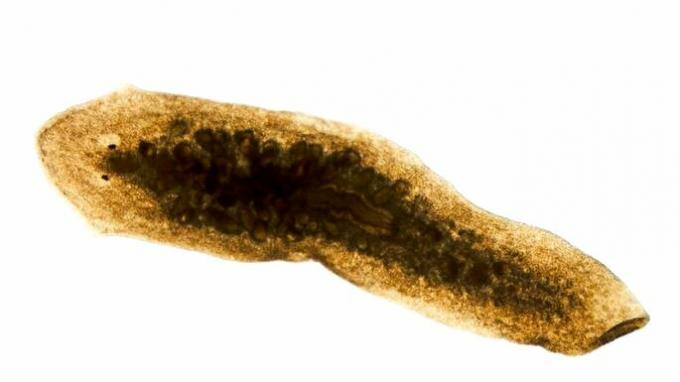
The animals of this phylum have a flattened body, similar to a satin ribbon, and have an incomplete digestive system (absence of an anus).
Its representatives are planarians, free-living worms that live in damp places or seas and the tapeworms and schistosomes, both parasites of humans.
Know more: Phylum of Flatworms
Phylum of Nematodes
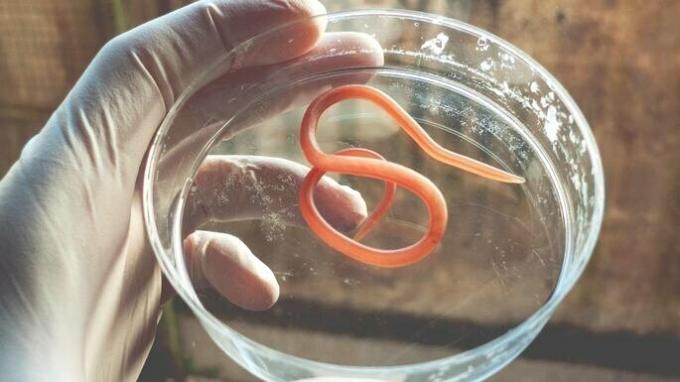
The animals of this phylum have cylindrical body and present a system complete digestive tract, with mouth and anus. Most of its representatives are free-living, however some species are parasitic on humans and other animals.
Some of its representatives are roundworm, pinworm and filaria, all of which cause diseases in humans.
Know more: Phylum of Nematodes
phylum of molluscs
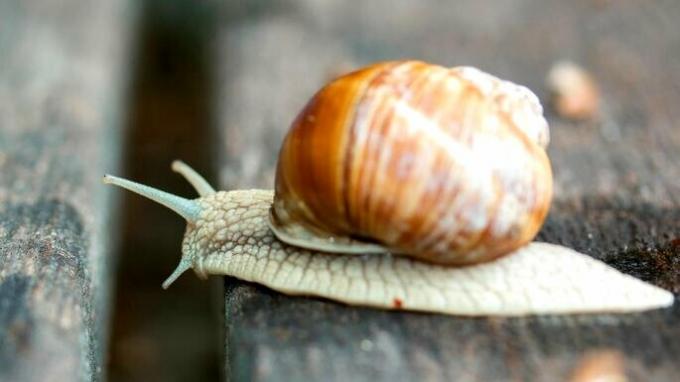
The Phylum of molluscs is represented by animals of soft body, with the presence of visceral mass, which may or may not have a calcium carbonate shell.
They are terrestrial or aquatic (freshwater and saltwater) and the best known are snails, squid, octopus and oysters.
Know more: phylum of molluscs
phylum of Annelida
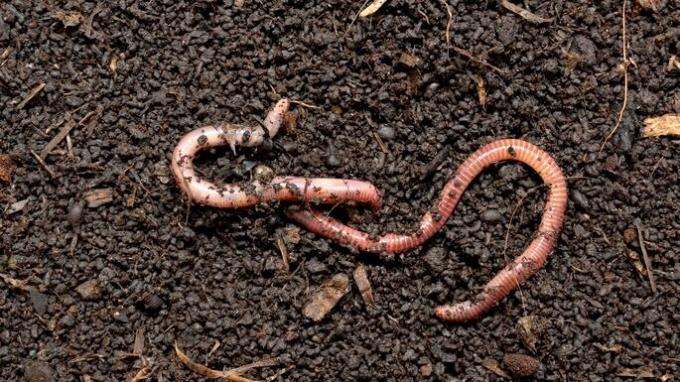
In this Phylum are the animals with segmented bodies, each segment or rings are called metamers. Its main representatives are earthworms, polychaetes and leeches.
Polychaetes and earthworms have bristles for their locomotion and are free-living, while leeches are parasites or consume small animals, in addition to don't have bristles.
Know more: phylum of Annelida
phylum of arthropods
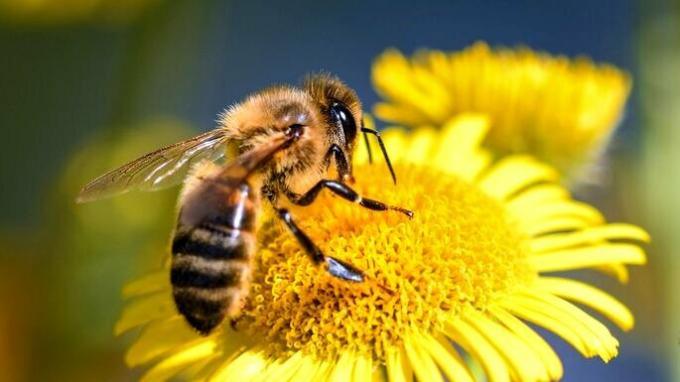
The animals of this phylum have articulated legs and chitinous exoskeleton. The exoskeleton is what provides these animals with hardness and external protection. Its main representatives are arachnids, insects, crustaceans and centipedes.
Know more: phylum of arthropods
Phylum Echinoderms
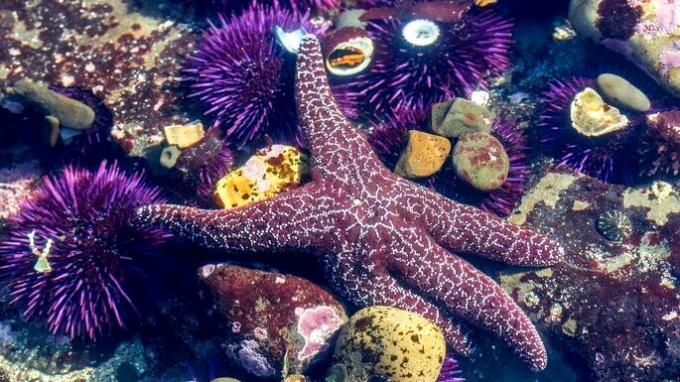
The animals of this Phylum have evolutionary attributes closer to those of vertebrates, as they have limestone endoskeleton, that is, its skeleton is internal and mineralized by calcium. In addition to being the first animal group to be deuterostome.
Deuterostomic animals are those that, in their embryonic development, the first cavity (blastopore) originates the anus. The anterior phyla are either protostomes, the first orifice giving rise to the mouth, or they do not have this attribute.
Know more: Phylum Echinoderms
phylum of chordates
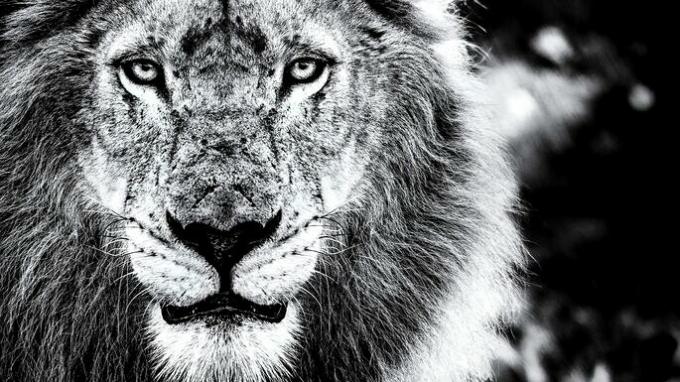
The animals of this Phylum have an embryonic structure called notochord. The notochord is a set of cells that defines the cephalocaudal axis, that is, where the skull and the end of the vertebral column will be.
There are two groups within this Phylum, the protochordates (invertebrates) and the skulls (vertebrates). Its representatives are birds, reptiles, mammals, amphibians and fish.
Know more: phylum of chordates
Characteristics of animals
To be classified in the Animal Kingdom, organisms must be eukaryotes, multicellular and heterotrophs. These, however, are basic characteristics of all animals, that with each differentiation new ramifications occur in the evolutionary tree.
Cells together form tissues, tissues form organs, organs form systems, and the set of all systems, the organism. Therefore, animals need to be multicellular.
animals are eukaryotes or eukaryotes, therefore, possess a true nucleus where the DNA is situated.
animals are heterotrophs, that is, they need to obtain their energy and nutrition from external sources. Therefore, they need to eat so that their metabolism continues to function fully.
In the animal kingdom there are organisms carnivores, herbivores and omnivores. Carnivores eat only meat, herbivores eat only vegetables, and omnivores eat both meat and vegetables.
Know more:
- Zoology;
- Animal Kingdom;
- vertebrate animals;
- invertebrate animals
Bibliographic references
UZUNIAN, A.; BIRNER, E. Biology: single volume. 3rd ed. Sao Paulo: Harbra, 2008.
- Animal Kingdom
- Invertebrate Animals
- Terrestrial Invertebrates
- cnidarians
- annelids
- Classification of living things into kingdoms
- Aquatic Invertebrates
- echinoderms

